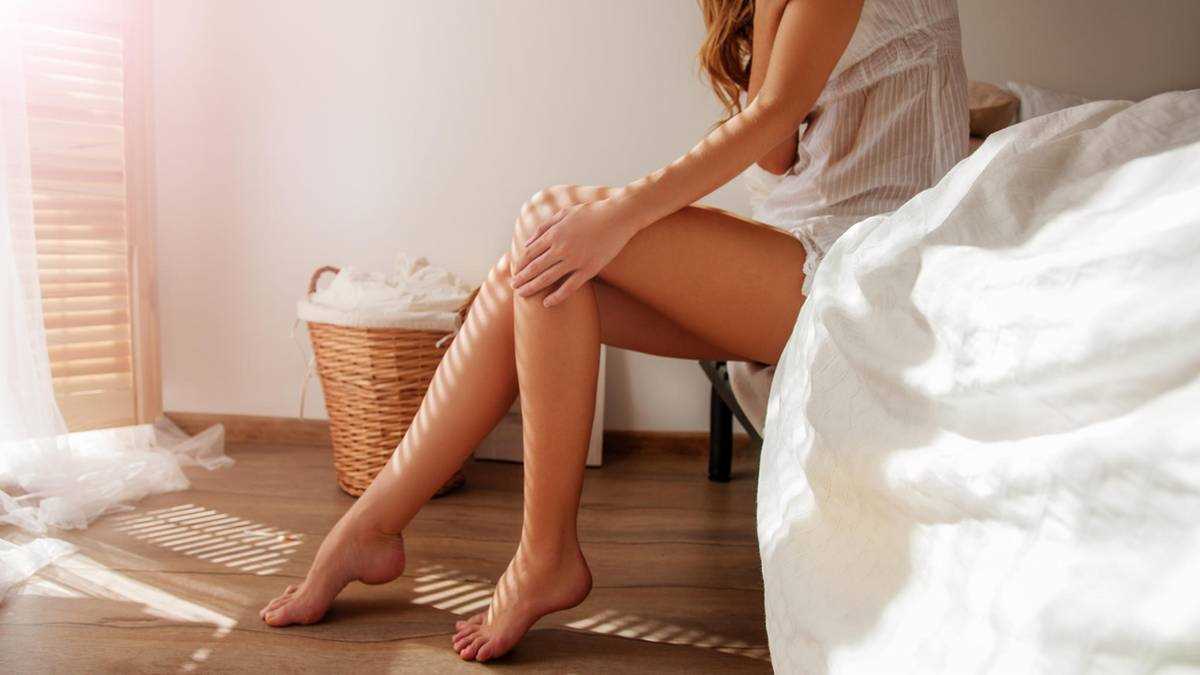What is an erysipelas?
An erysipelas (also known as "wound rose") is a non-contagious, locally limited infection of the skin, which is triggered by bacteria. The pathogens penetrate into the deeper layers of the skin through the smallest of injuries (e.g. athlete's foot) and trigger inflammation there. Usually the lower legs are affected, but theoretically the skin disease can develop anywhere. With early diagnosis, wound rose can be easily treated with antibiotics.
What does the erysipelas look like?
Erysipelas usually spread around and around the point of entry of the bacteria (mostly streptococci, sometimes staphylococci) is visually reminiscent of a rose blossom – hence its name. The affected skin has sharply defined redness and is swollen. Some patients also experience blisters or pustules.
Symptoms: This is how you recognize the skin disease
The erysipelas can be recognized particularly well by their visually striking shape. The following symptoms can occur:
- Redness
- Swelling
- fever
- General feeling of sickness
- Pustules / blisters
- Pressure pain
- overheat
- Swollen lymph nodes in surrounding areas
Therapy and complications: This is how an erysipelas is treated
In general, the earlier the wound rose is discovered, the easier it can be treated with antibiotics. Early therapy is also important because the infection spreads through the body and can cause, for example, blood poisoning or inflammation of the connective tissue ("phlegmon").
Risk factors for erysipelas
Unfortunately, the symptoms can reappear after a few months even after successful treatment – precisely because every small skin injury represents an entry point for bacteria. The pathogens have it particularly easy when the immune system is already weakened. This is often the case after completing medication therapy. And: Diseases that damage the skin or that are treated by, among other things, suppressing the immune system (e.g. in diabetes) increase the risk of erysipelas.
